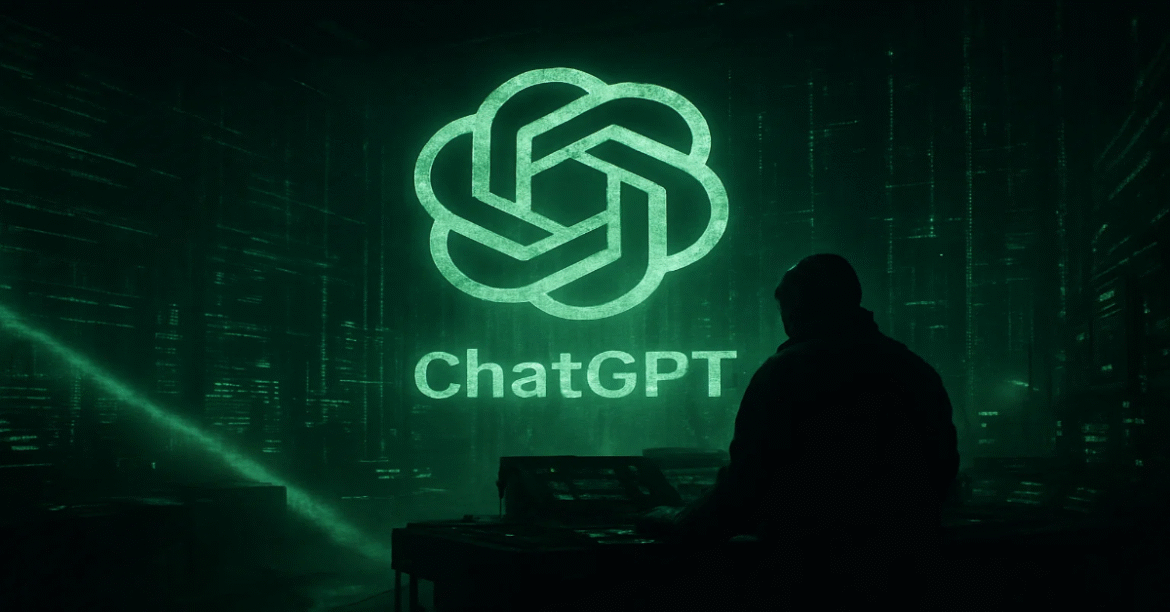I’d used ChatGPT software for everything from drafting emails to planning product launches, but this time was different. Paired with the Claude language model and Perplexity AI company for deeper context, I tried a single “hidden mode” prompt that completely rewired how I handle my daily workload.
It wasn’t magic — it was a shift in how the AI thought about my instructions. And it’s the reason my workdays now feel shorter, sharper, and far more productive.
The day I stumbled onto the hidden mode
I’d been frustrated for weeks. My AI outputs felt safe — competent, yes, but not inspired. Then I came across a discussion about meta-instructions: prompts designed to change how the model reasons before it even answers.
The “hidden mode” idea was simple: instead of asking ChatGPT to just do something, you make it reframe the task as if it were operating in a different persona, under a different set of priorities, with explicit reasoning steps.
The first time I tried it, the change was obvious. The tone was bolder, the ideas sharper, and the logic chain transparent.
Prompt example:
You are operating in expert mode. Break down this problem as a strategist with 20 years’ experience. Show your reasoning before delivering your answer.
Claude’s interpretation — structure meets depth
When I fed the same hidden mode instructions into Claude, it didn’t just adjust tone. It completely rebuilt my request into a structured process: hypothesis, assumptions, risks, then the solution. That extra clarity meant I could implement ideas without a second meeting to “figure them out.”
Prompt example:
Adopt a veteran consultant role. Outline the steps, possible roadblocks, and backup strategies for this project.
Perplexity’s advantage — proof with sources
Perplexity AI took hidden mode literally and treated my prompt as if it were an investigative brief. It gathered data, cross-referenced multiple sources, and made sure every recommendation had a citation. Suddenly, I wasn’t just getting ideas — I was getting documented, defendable proposals.
Prompt example:
Act as a research analyst. Provide recommendations backed by at least three credible sources, with links.
How Chatronix made hidden mode part of my workflow
Trying a hidden mode prompt once is interesting. Using it daily is transformational. That’s where Chatronix came in. By running the same instruction through all six models in one workspace, I could compare reasoning styles instantly. Turbo mode let me tweak the meta-instructions on the fly, and One Perfect Answer merged the strongest reasoning and ideas into one ready-to-use output.
Why Chatronix makes hidden mode practical
- Six AI perspectives tested side by side
- Turbo mode for instant instruction refinement
- One Perfect Answer blending the best reasoning into a single plan
- Shared context so the tone and strategy stay consistent across tasks
| Task type | Before hidden mode | With hidden mode via Chatronix |
| Marketing copy | Generic, on-brand | Strategic, differentiated messaging |
| Product ideas | Basic feature lists | Market-validated, competitive analysis included |
| Planning docs | Linear steps | Risk-assessed, adaptable roadmaps |
| Research briefs | Data-light | Fully sourced, easy to defend |
Integrate hidden mode into your workflow with Chatronix and let One Perfect Answer merge the sharpest outputs from every model.
Bonus prompt kit to activate hidden mode
- Act as a top-tier strategist — explain your reasoning before answering.
- Assume the role of a critical investor — identify flaws before opportunities.
- Operate as a master negotiator — outline leverage points and fallback positions.
- Be a contrarian analyst — challenge the most obvious solution and suggest an alternative.
- Function as a market disruptor — design an approach that breaks current norms.
The results after 30 days
In a month, my output wasn’t just faster — it was higher quality. My team noticed fewer revision cycles, clients approved ideas in the first round, and my own creative energy went up because I wasn’t stuck re-explaining tasks to the AI.
<blockquote class=”twitter-tweet”><p lang=”en” dir=”ltr”>This prompt literally makes ChatGPT write like a human<br><br> [Bookmark for later] <a href=”https://t.co/1zBeUb3tBx”>pic.twitter.com/1zBeUb3tBx</a></p>— Gina Acosta (@ginacostag_) <a href=”https://twitter.com/ginacostag_/status/1951621010350133544?ref_src=twsrc%5Etfw”>August 2, 2025</a></blockquote> <script async src=”https://platform.twitter.com/widgets.js” charset=”utf-8″></script>
Why I’ll never go back
Hidden mode isn’t a gimmick. It’s a shift in control. Instead of passively taking whatever the AI gives me, I’m actively defining how it thinks. And with Chatronix, I don’t have to choose between the boldness of Claude, the proof of Perplexity, or the structure of ChatGPT — I get them all, fused into one, ready for action.


